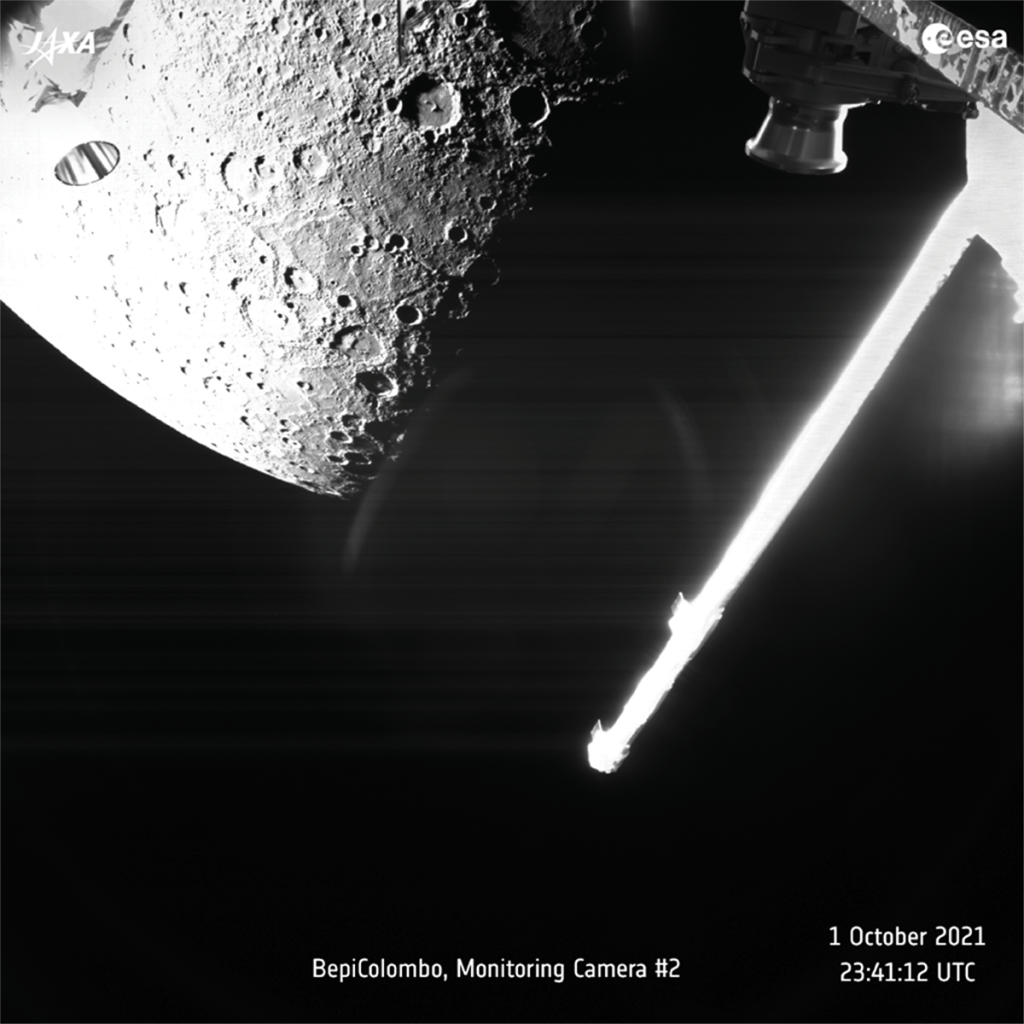The ESA/JAXA bepicolombo mission has captured its first views of its target planet: Mercury. This mission will last seven and a half years during which it will thoroughly study the planet.
The BepiColombo probe, named after Italian scientist Giuseppe Bepi Colombo (1920-1984) is now, after over three years of travel, over 100 million kilometers away from Earth, poised to overfly Mercury at an altitude of 198 kilometers. It will do this six more times until it enters its orbit in 2025. Once it does, it will deploy a total of two scientific orbiters in complementary orbits.
The first orbiter is the Mercury Planetary Orbiter (MPO) run by the ESA European agency. The second one is the Mercury Magnetospheric Orbiter of the JAXA Japanese agency.
Both will study the features and particularities of Mercury, such as its magnetic field, its geology, the volatiles it contains and whether there is water present or not.
One of the most important instruments of the MPO orbiter is a laser altimeter called ‘BELA’, which will allow for a more detailed mapping of Mercury’s surface. The Andalucía Institute of Astrophysics (IAA-CSIC) has been involved in its development.
This mission and its instruments enable the study of a mysterious planet that is difficult to explore from Earth due to its position in relation to our planet and its proximity to the Sun.
The images were acquired by the probe’s monitoring cameras during a gravity assist flyby of Mercury and, while they may not be the most significant, they can already be used to identify some large craters.
Mercury is like no other planet, since its surface is dark almost all over and it was formed by vast lava flows billions of years ago. These lava flows are scarred by craters formed by the asteroids and comets that collide with the surface at speeds of tens of kilometers per second.
The soils of some of the oldest and largest craters have been flooded by younger lava flows, and there are also hundreds of places where volcanic explosions have broken the surface from below.





